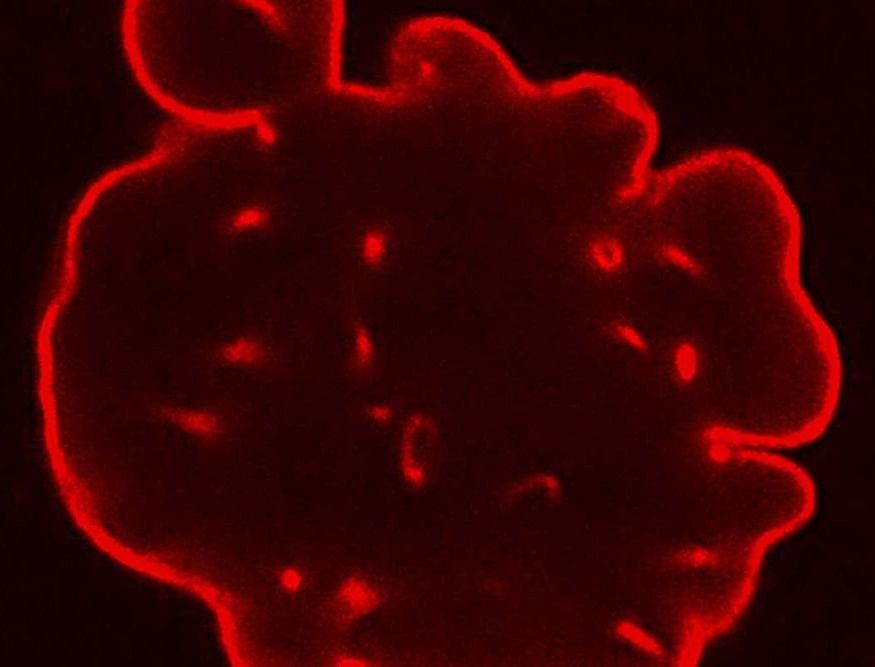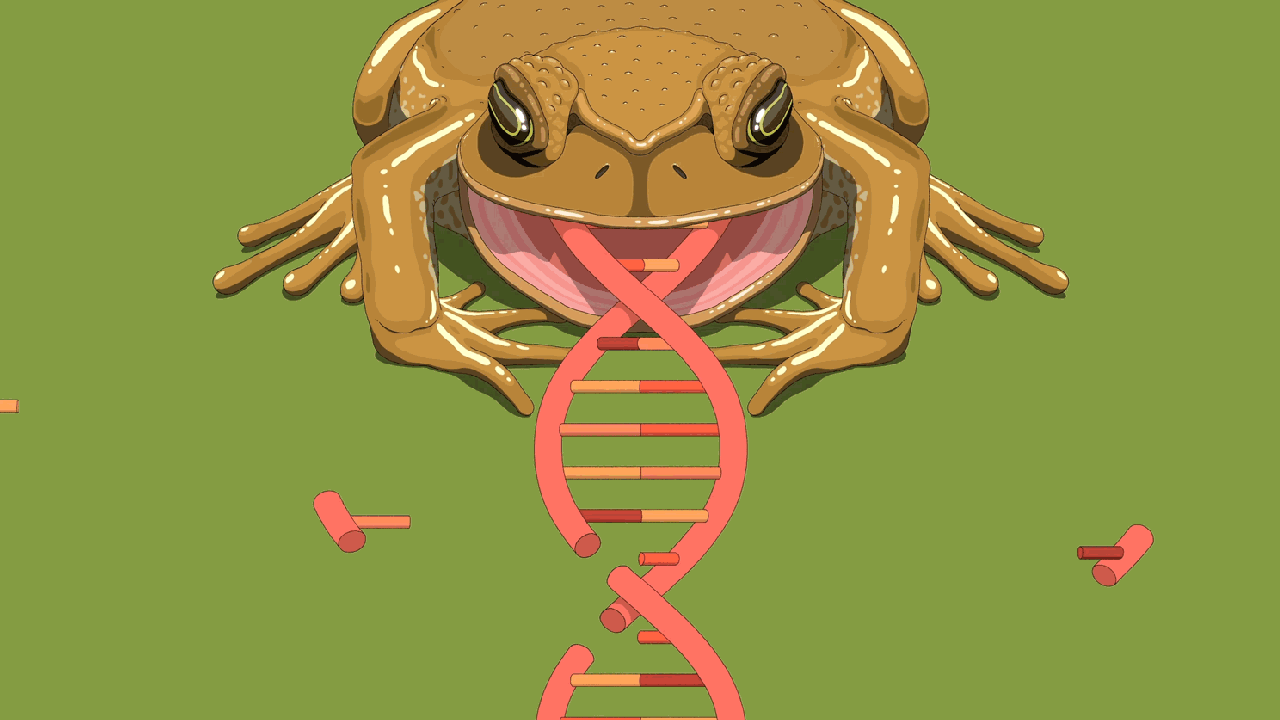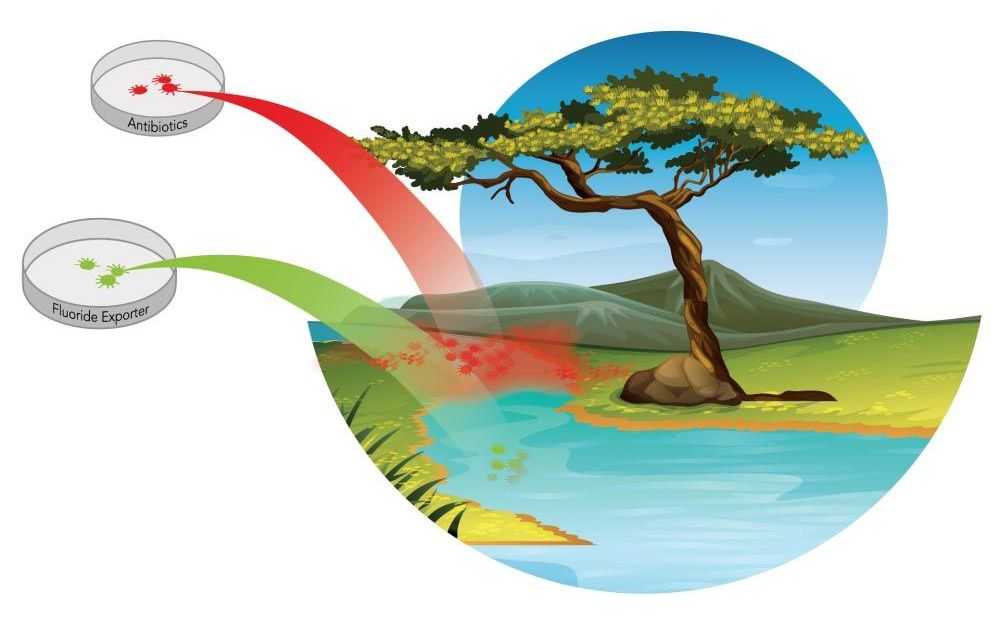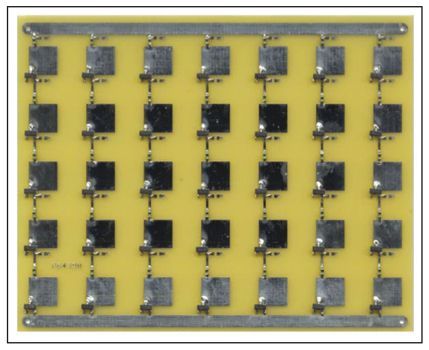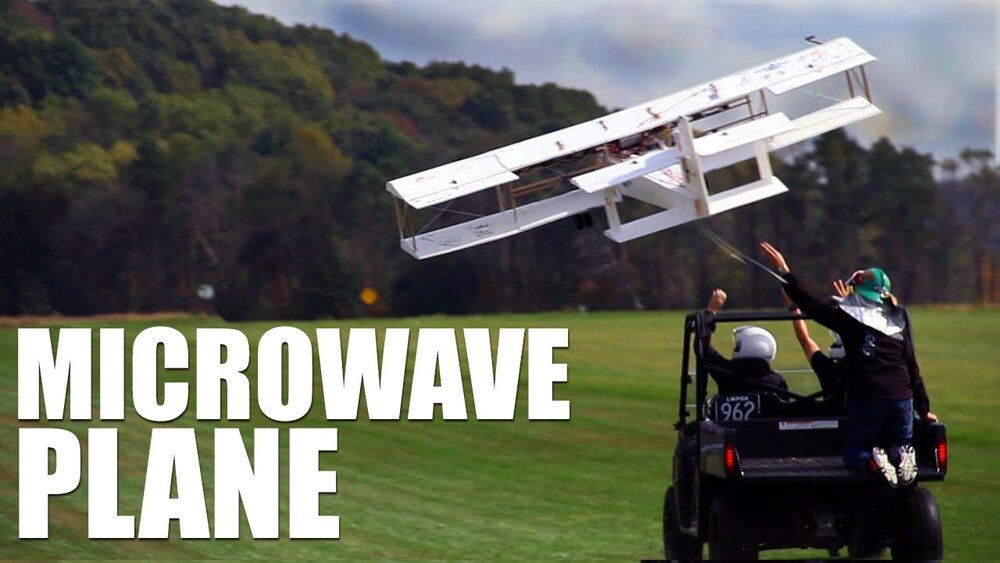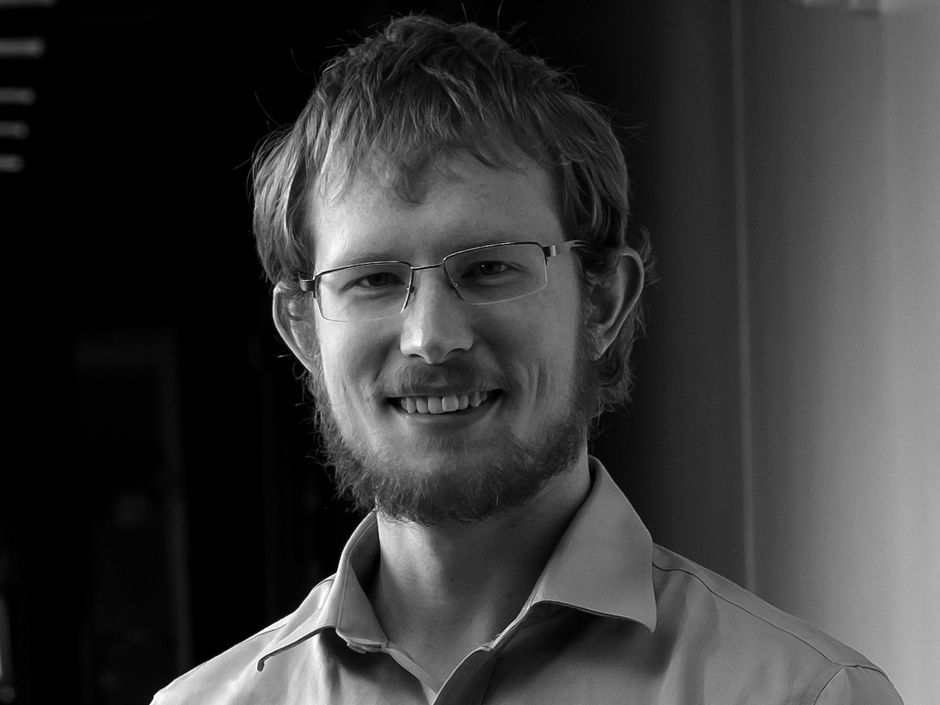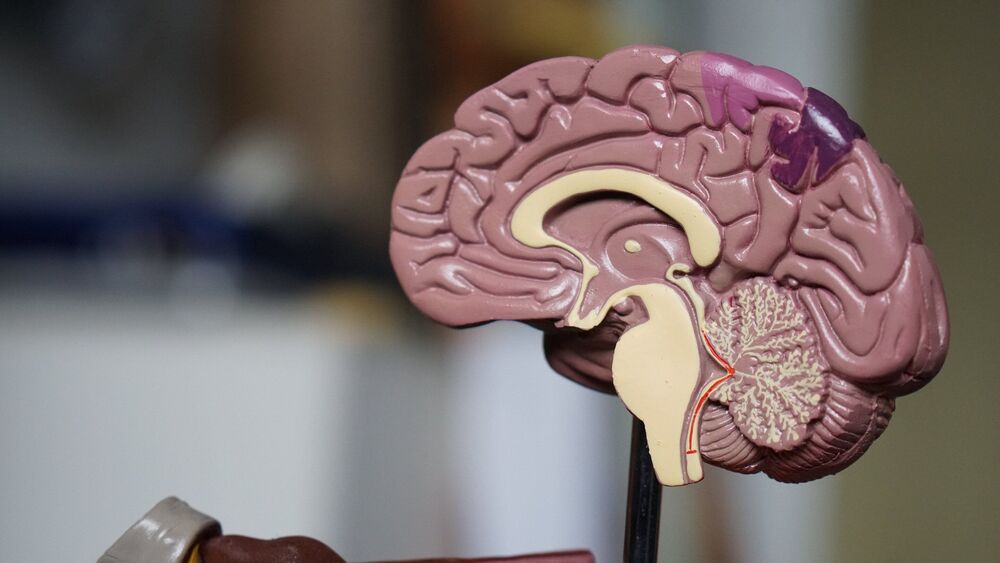CRISPR gene editing in mice has been used to correct a mutation that can cause rapid ageing, dramatically improving the animals’ health and lifespan.
New gene-editing technology could be used to save species from extinction—or to eliminate them.
Circa 2020
“Seasteader” housing built on platforms would rise and fall with the tides, but practical challenges are huge.
In Michelle O’Malley’s lab, a simple approach suggests a big leap forward in addressing the challenge of antibiotic-resistant bacteria.
Scientists have long been aware of the dangerous overuse of antibiotics and the increasing number of antibiotic-resistant microbes that have resulted. While over-prescription of antibiotics for medicinal use has unsettling implications for human health, so too does the increasing presence of antibiotics in the natural environment. The latter may stem from the improper disposal of medicines, but also from the biotechnology field, which has depended on antibiotics as a selection device in the lab.
“In biotech, we have for a long time relied on antibiotic and chemical selections to kill cells that we don’t want to grow,” said UC Santa Barbara chemical engineer Michelle O’Malley. “If we have a genetically engineered cell and want to get only that cell to grow among a population of cells, we give it an antibiotic resistance gene. The introduction of an antibiotic will kill all the cells that are not genetically engineered and allow only the ones we want — the genetically modified organisms [GMOs] — to survive. However, many organisms have evolved the means to get around our antibiotics, and they are a growing problem in both the biotech world and in the natural environment. The issue of antibiotic resistance is a grand challenge of our time, one that is only growing in its importance.”
Circa 2010
Unmanned aerial vehicles, or UAVs, are used in many applications to gather intelligence without risking human lives. These aircraft, however, have limited flight time because of their reconnaissance payload requirements coupled with their limited scale. A microwave-powered flight vehicle would be able to perform a reconnaissance mission continuously.
Using beamed microwave energy from a remote source on the ground, the airplane gathers energy using onboard antennas. A rectifying antenna, or rectenna, harvests power and rectifies it into a form usable by an onboard electric motor that drives the propeller, providing thrust. Using a rectenna array affixed to the underside of the aircraft, the power needed to maintain flight can be remotely transmitted.
The idea of a fuel-less flight vehicle, or an aircraft that does not carry its own fuel, has been pursued in few different forms over the past decades. There are many different approaches for how to power these vehicles; however, the common theme is that power must be transmitted from a source remote to the aircraft. Some of the possibilities for power transmission include solar power, the heating of air underneath the aircraft to cause thrust, and using antennas to convert microwave radiation into electrical power.
Flite Test | Microwave Plane
Posted in transportation
O,.o circa 2014.
It’s a bird, it’s a plane… no, it’s a Microwave!?
More details and photos on this team project:
http://www.flitetest.com/articles/microwave-plane.
Thanks again to everyone who helped make this scratch built air plane a reality at 2014 eWeek!
One of the first people in the UK to have a double hand transplant has said her progress has been “phenomenal”, as she continues to pick up new skills two years on.
Cor Hutton, from Lochwinnoch in Renfrewshire, was the first patient in Scotland and the third in the UK to successfully have the procedure, having had her hands and feet amputated in 2013 after suffering acute pneumonia and sepsis which nearly killed her.
On the second anniversary of coming round from the 12-hour operation on January 9 2019, Ms Hutton paid tribute to the donor and the medical team as she said she is “very lucky”.
Circa 2017
‘A full head swap between brain dead organ donors is the next stage… We stand on the brink of a revolution, not only in medicine but in human life’
The men are reportedly doing well one year on, but there is no way to confirm that the unpublished treatment using ‘reprogrammed’ stem cells works. The two men are reportedly doing well one year on, but there is no way to confirm that the unpublished treatment using ‘reprogrammed’ stem cells works.
When we experience a new event, our brain records a memory of not only what happened, but also the context, including the time and location of the event. A new study from MIT neuroscientists sheds light on how the timing of a memory is encoded in the hippocampus, and suggests that time and space are encoded separately.
In a study of mice, the researchers identified a hippocampal circuit that the animals used to store information about the timing of when they should turn left or right in a maze. When this circuit was blocked, the mice were unable to remember which way they were supposed to turn next. However, disrupting the circuit did not appear to impair their memory of where they were in space.
The findings add to a growing body of evidence suggesting that when we form new memories, different populations of neurons in the brain encode time and place information, the researchers say.
